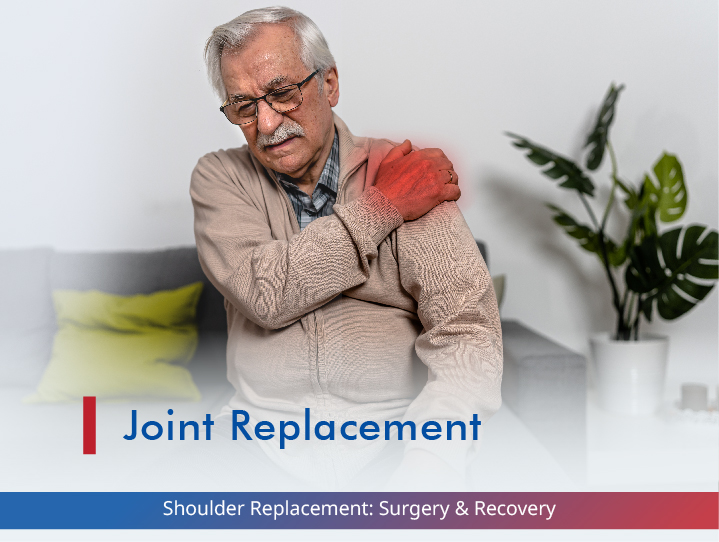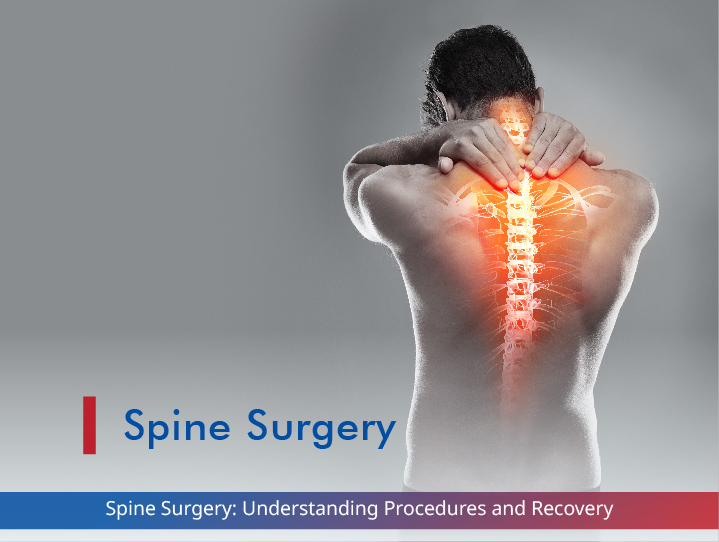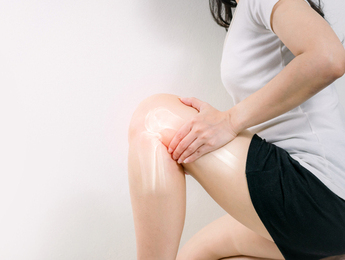Introduction
Shoulder replacement surgery is a transformative procedure for individuals suffering from severe shoulder joint pain and dysfunction. This surgery involves replacing damaged shoulder joints and cartilage parts with artificial components to relieve pain and restore mobility.
In this guide, we’ll delve into the details of shoulder replacement surgery, including its types, diagnosis, procedure, risks, and recovery process.
Understanding Shoulder Replacement Surgery
Shoulder replacement, or shoulder arthroplasty, is a surgical procedure that helps relieve pain and improve function in the shoulder joint. This is achieved by replacing the damaged areas of the shoulder joint with artificial implants (prostheses). The doctors typically recommend surgery for patients with severe arthritis, rotator cuff tear arthropathy, or those who have sustained significant shoulder injuries.
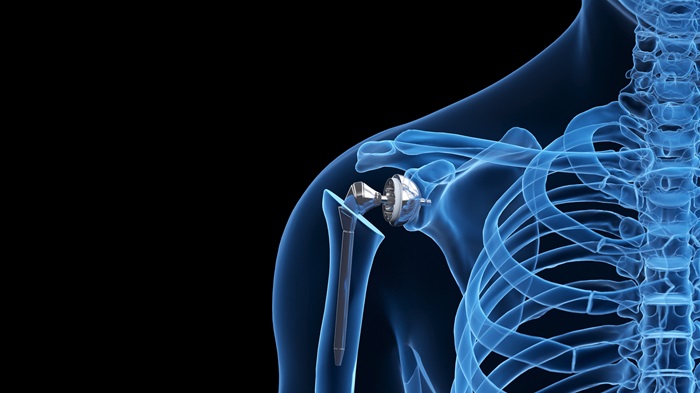
Why is Shoulder Replacement Surgery Done?
It is done to ease pain and other issues caused by a damaged shoulder joint.
Common Reasons for Shoulder Joint Damage:
- Wear-and-tear arthritis or osteoarthritis
- Wears down the joint’s protective cushioning
- Injuries to the rotator cuff or the muscles and tendons around the shoulder
- Damage here can lead to problems with cartilage and bone
- Broken bones
- Severe fractures in the upper arm bone might need replacement
- Immune system-related joint inflammation
- The body’s defence system mistakenly attacks the joint, causing damage
- Loss of blood supply to the bone or osteonecrosis
- Can cause the bones to collapse if left untreated
Diagnosis and Preparation for Surgery
Diagnosing the need for shoulder replacement involves a thorough evaluation by a shoulder replacement surgeon:
- Medical History and Physical Evaluation: The surgeon will assess the patient’s symptoms, medical history, and physical condition to determine the source of shoulder joint pain.
- Imaging Tests: X-rays, MRIs, or CT scans help evaluate the extent of joint damage and plan the surgery.
- Pre-operative Assessment: This includes blood tests, EKG, and other evaluations to ensure the patient is fit for surgery.
Preparation for surgery involves:
- Pre-surgery Consultation: Discussing the procedure, risks, and expected outcomes with the surgeon is crucial.
- Medication Management: Adjusting or stopping certain medications as the doctor advises.
- Lifestyle Adjustments: Quitting smoking, reducing alcohol intake, and improving physical fitness to enhance recovery.
Your surgeon or a physical therapist will explain how to use the sling to keep your shoulder immobilised and how to perform physical therapy exercises.
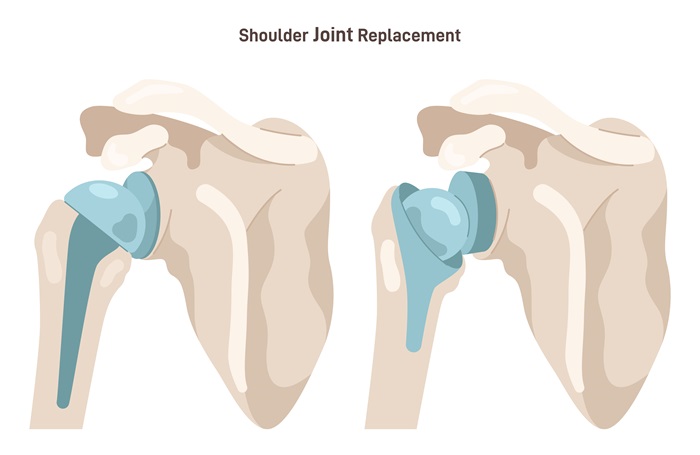
Types of Shoulder Replacement Procedure
Three Main Types of Shoulder Replacement are as follows:
Total Shoulder Replacement (Anatomic):
This procedure involves replacing the bearing surfaces of the shoulder joint to an artificial ball and socket.
This is ideal in a shoulder where the rotator cuff is intact and functioning
Reverse Shoulder Replacement:
Here the surgeon reverses the position of the ball and socket of the shoulder joint. The artificial socket is inserted in the place of the ball and the artificial ball is put in place of the socket.
This is indicated when there is a dysfunctional rotator cuff which affects the biomechanics of the shoulder joint.
- This procedure is indicated in fractures of the ball part of the shoulder joint which are not amenable to fixation.
Partial Shoulder Replacement:
The procedure involves replacing only the “ball” part of the joint and keeping the natural socket in place. This procedure is indicated in fractures of the ball part of the shoulder joint which are not amenable to fixation.
Shoulder Replacement Procedure
The shoulder replacement procedure typically involves the following steps:
- Anaesthesia: The doctor will give the patient general anaesthesia or a regional block to ensure they are pain-free during the surgery.
- Incision: The shoulder replacement surgeon makes an incision to access the shoulder joint. The location and size of the incision depend on the type of shoulder replacement surgery being performed.
- Removal of Damaged Tissue: After accessing the joint, the surgeon removes damaged joint surfaces and cartilage from the shoulder joint.
Implantation of Prosthetic Components: The artificial components, made of high molecular weight polythene and titanium alloy, are implanted to replace the damaged joint surfaces.
- Closure: After carefully inspecting the surgical site, the shoulder replacement surgeon will close the incision with surgical staples or sutures.
- Recovery Room: After the procedure, the medical team monitors the patient’s vitals in the recovery room before being transferred to a hospital room.
Shoulder Surgery Risks and Complications
While shoulder replacement surgery is generally safe, it carries some risks, including:
- Infection: Infections can arise at the incision site or around the implant.
- Blood Clots: Clots can develop in the veins and travel to the lungs, posing a serious risk.
- Allergic Reactions: Rarely, patients may have reactions to materials in the prosthetic.
- Dislocation: The new joint can dislocate, especially in the early postoperative period.
- Nerve Damage: Rarely, nerves near the implant can be damaged, leading to numbness or weakness.
- Loosening of the Implant: Over time, the implant may loosen or wear out, requiring revision surgery.
- Reduced Range of Motion: Sometimes, patients may experience shoulder stiffness and diminished movement after surgery.
Recovery and Rehabilitation After Shoulder Replacement
Recovery from shoulder replacement surgery involves several stages:
- Hospital Stay: In most cases, patients stay in the hospital for a few days following surgery.
- Pain Management: Your surgeon may prescribe medicines to manage postoperative pain.
- Physical Therapy: Shoulder surgery rehabilitation begins shortly after the procedure to improve strength and mobility. Physical therapy plays a crucial role in successful recovery.
- Home Care: Patients are advised on how to care for their incision site and manage daily activities safely.
- Follow-up Appointments: Regular check-ups with the surgeon ensure proper healing and implant function.
Conclusion
Shoulder replacement surgical procedures are highly effective for relieving shoulder pain and restoring function in patients with severe shoulder joint damage. With recent advancements in surgical techniques and prosthetic materials, most patients experience significant improvements in their quality of life. Understanding the procedure, risks, and recovery process can help individuals make conscious decisions about their treatment options.
FAQs
Is shoulder replacement a major surgery?
Yes, shoulder replacement is considered a major surgery. It involves removing the damaged and diseased joint and replacing it with artificial components, requiring significant recovery and rehabilitation.
How long does it take to recover from shoulder replacement?
Shoulder replacement recovery time varies greatly and typically depends on the type of shoulder replacement and the severity of the ailment. However, most patients can resume daily activities within 3 to 6 months. Full recovery and return to all activities may take up to a year.
How painful is shoulder replacement?
Pain levels vary among patients, but most experience significant pain relief after the initial postoperative period. Pain management modalities, such as medications and physical therapy, are essential for recovery.
What can you never do after shoulder replacement?
While patients can resume most activities, doctors generally advise patients to avoid high-impact sports or activities that put undue stress on their shoulder joints to prevent damage to the implant.


